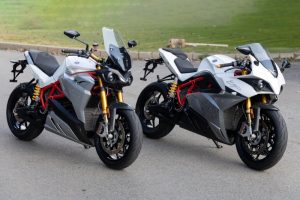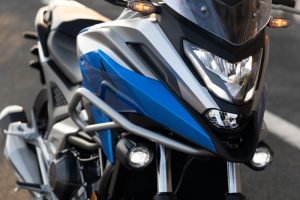The Hyundai Motor Company and Uber have announced a partnership to develop Uber Air Taxis for a future aerial ride share network and unveiled a new full-scale aircraft concept at the Consumer Electronics Show (CES) in Las Vegas, America.
In this partnership, Hyundai will produce and deploy the air vehicles, and Uber will provide airspace support services, connections to ground transportation, and customer interfaces through an aerial ride share network. Both parties are collaborating on infrastructure concepts to support take-off and landing for this new class of vehicles.
Hyundai is the first automotive company to join the Uber Elevate initiative, bringing automotive-scale manufacturing capability and a track record of mass-producing electric vehicles.
The air vehicle concept that Hyundai displayed at the CES was created in part through Uber’s open design process, a NASA-inspired approach that jump-starts innovation by publicly releasing vehicle design concepts so any company can use them to innovate their air taxi models and engineering technologies.

“Our vision of Urban Air Mobility will transform the concept of urban transportation,” said Jaiwon Shin, Executive Vice President and Head of Hyundai’s Urban Air Mobility (UAM) Division. “We expect UAM to vitalize urban communities and provide more quality time to people. We are confident that Uber Elevate is the right partner to make this innovative product readily available to as many customers as possible.”
Eric Allison, head of Uber Elevate, said Hyundai was their first vehicle partner with experience of manufacturing passenger cars on a global scale. “We believe Hyundai has the potential to build Uber Air vehicles at rates unseen in the current aerospace industry, producing high quality, reliable aircraft at high volumes to drive down passenger costs per trip. Combining Hyundai’s manufacturing muscle with Uber’s technology platform represents a giant leap for launching a vibrant air taxi network in the coming years.”
In preparation for this announcement, Hyundai has worked with Uber Elevate to develop a PAV (Personal Air Vehicle) model, S-A1, that uses innovative design processes to optimize electric vertical take-off and landing (eVTOL) aircraft for aerial ridesharing purposes.
The Elevate initiative based this process on NASA’s historical approach of putting design concepts out publicly to inspire innovation amongst multiple companies, spurring the development of common research models to investigate novel aerodynamic concepts and catalysing industry progress in wing design, noise, aerodynamics, and simulation verification.

As a result, Hyundai’s S-A1 model unveiled at CES reflects previous eVTOL designs Uber Elevate has released in the following ways:
- It is designed for a cruising speed up to 290 km/h, a cruising altitude of around 300 to 600 m above ground, and to fly trips with a range of up to 100 km.
- The Hyundai vehicle will be 100% electric, using distributed electric propulsion. During peak hours it will require about five to seven minutes for recharging.
- The distributed electric propulsion system drives multiple rotors and propellers around the airframe. This enhances safety by decreasing any single point of failure. Having several, smaller rotors also reduces noise associated with large rotor helicopters with combustion engines, which is very important in cities.
- The S-A1 is designed to take off vertically, change to wing-borne lift in cruise, and then revert back to vertical flight to land.
- The Hyundai vehicle will be piloted initially, but over time they will become autonomous.
- The cabin is designed with four passenger seats, allowing riders to board and disembark easily and with enough space for a personal bag or backpack.
Ushering in the era of seamless mobility, Hyundai’s exploration of future urban transportation incorporates the electric PAV concept with a new ground transportation, the Purpose-Built Vehicle (PBV) concept.
Hyundai’s vision for creating communities from future transit systems comes into focus with yet another new infrastructure concept, called the Hub. When many PBVs and PAVs are docked and connected to a Hub, they make a new public space where diverse groups of people can come together.










More Stories
2022 South African car of the year jurors announced
2021 SOUTH AFRICAN CAR OF THE YEAR FINALISTS ANNOUNCED
Classic Icon from Ford and LEGO Celebrated on International Lego Day